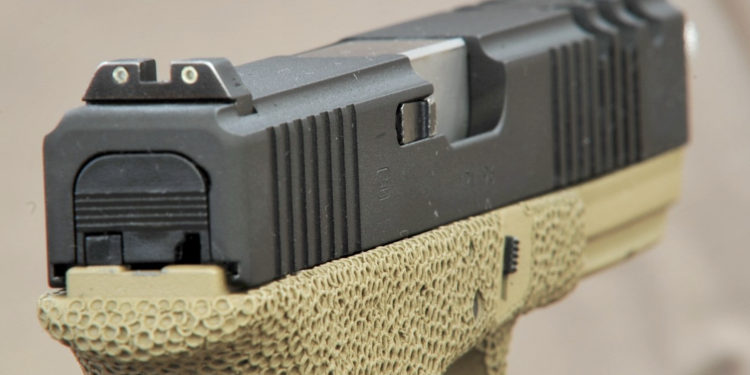If you’re a gun enthusiast, then you already know there are a lot of different sights available for your gun. However, if you’re new to the world of guns, you may be unsure what types of sights are available to you. Various sights offer different benefits and drawbacks, so it’s important to understand each type so that you can settle on the right one. This article will explore the available sights such as Tritium Sights, and what benefits they offer shooters.
Open Sights
Open sights are the most basic type of sight. They comprise a simple post or blade attached to the gun barrel that is used to line up the target. Also commonly referred to as “iron sights”, these are the original type of sight and are still used in many firearms.
The most common open sight is the post and notch type, which has a square-shaped post in the center of the rear sight and a U-shaped notch in the front sight. This type of open sight is simple to use and easy to manufacture, making it a popular choice for many firearms.
Open sights also do not require batteries or any other type of power source and are very robust. However, they are not as accurate as other types of sights, and can be difficult to use in low light conditions.
Reflex Sights (Red Dots)
Reflex sights are a type of open sight that uses a small, illuminated dot to help the shooter line up the target. The dot is usually red, but can be green or amber depending on the sight. They use an optical reflector to bounce light off the target and back to the shooter’s eye. This allows the shooter to see the target and the sight picture at the same time, which increases accuracy.
These sights are very popular among competitive shooters and hunters, as they offer a great combination of speed and accuracy. They are also very versatile, as they can be used in both bright and low light conditions. However, they can be more expensive than other types of sights.
Holographic Sights
Holographic sights are a type of optical sight that uses an illuminated reticle superimposed on the target image to provide targeting information. This allows the shooter to acquire and track targets with both eyes open, providing a wider field of view and greater situational awareness.
Holographic sights also have the advantage of being parallax-free, meaning that the reticle will remain in the same position relative to the target regardless of where the shooter’s eye is positioned behind the sight. This makes them especially well-suited for close- quarters combat and rapid target acquisition.
However, holographic sights are expensive and can be more fragile than other types of sights. They also require a power source, either batteries or a solar panel.
Conclusion
There are multiple types of sights available for your gun. Whether you’re looking for an edge in competition or simply want to be as prepared as possible for self-defense, sights can be a valuable addition to your firearms arsenal. By understanding the different types of sights available, you can make an informed decision about which one is best for you.









